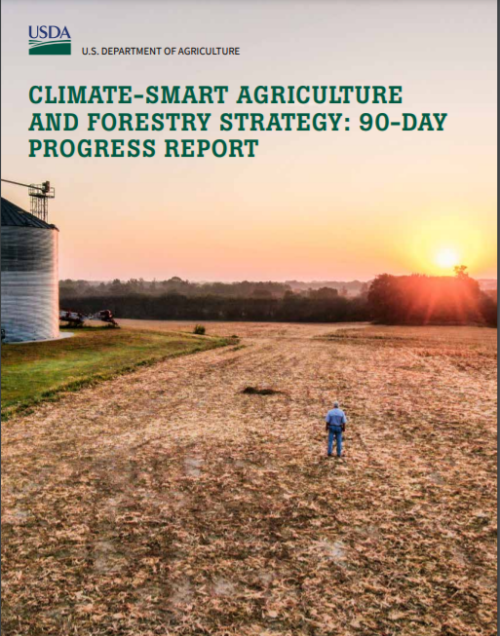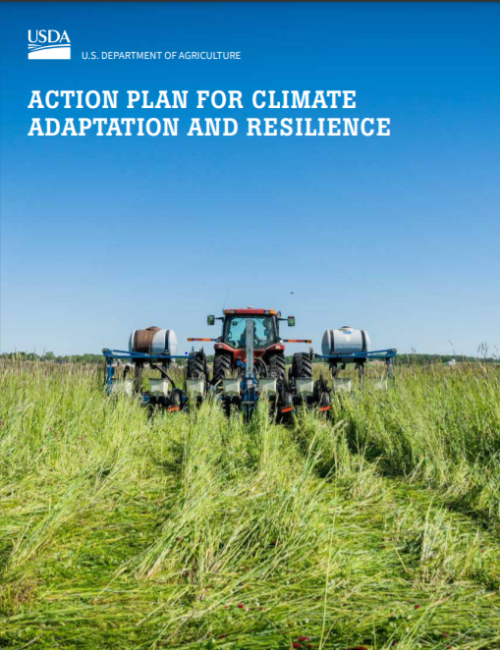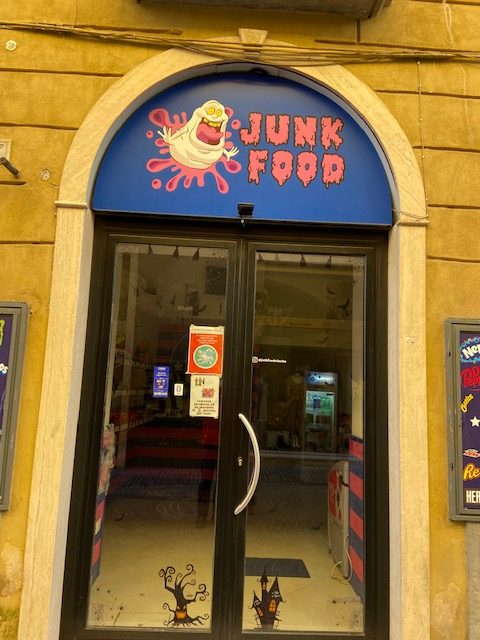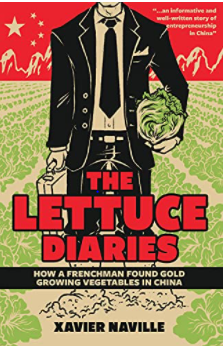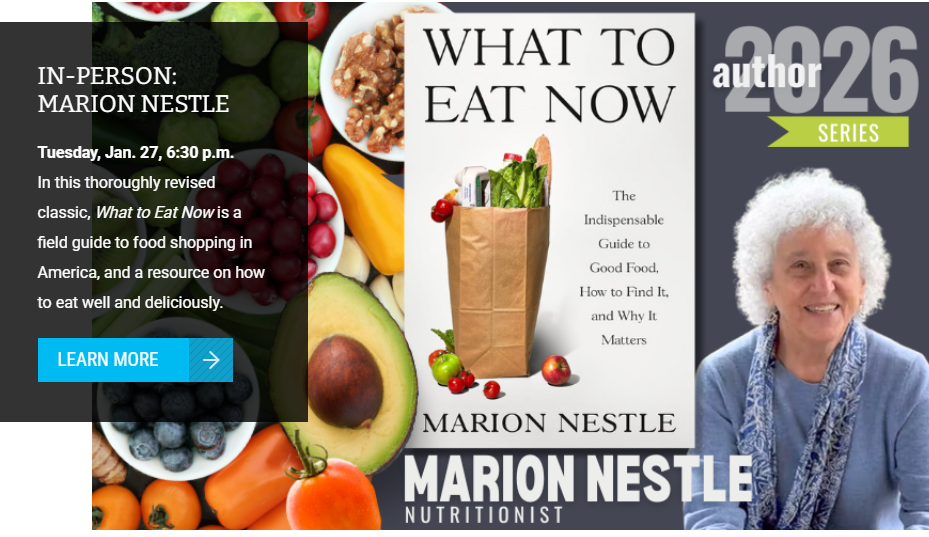Big news: FDA finally issues guidance on sodium reduction
On October 13, the FDA finally got around to finalizing its guidance for the food industry for voluntary, short-term (2.5 year) sodium reduction targets for lots of processed, packaged and prepared foods.
In a statement, the FDA says its new guidance
provides voluntary, short-term sodium reduction targets for food manufacturers, restaurants, and food service operators for approximately 160 categories of processed, packaged and prepared foods. The targets seek to decrease average sodium intake from approximately 3,400 milligrams (mg) to 3,000 mg per day—about a 12% reduction—over the next 2.5 years.
Reducing sodium has been on the FDA agenda for years. It issued draft guidance in 2016. On this, it received about 200 comments.
The FDA’s idea for this first target is to reduce average daily sodium intake by about 12%—from approximately 3,400 milligrams (mg) to 3,000 mg per day—in 2.5 years.
This is still higher than the recommended 2300 mg. Why so limited?
Politics, of course.
The FDA believes
- These targets are feasible.
- Gradual reduction will accustom people to lower sodium intake.
- Food companies might be willing to do this.
A quick review of the basics:
- Salt is 40% sodium (2300 mg sodium means about 6 grams of salt or 1.5 teaspoons).
- High salt diets are strongly associated with high blood pressure and stroke.
- We require less than 500 mg sodium a day; average diets are greatly in excess.
- Most salt in the diet comes from pre-prepared foods (70%); 20% is added at the table; 10% is innate in foods.
- The taste for high-salt is acquired; the more salt you eat, the more salt it takes to make foods taste right.
- For people used to high-salt diets, low-salt makes food taste bland. It takes about three weeks to get used to low-salt.
- Once accustomed to low-salt, typical levels of salt make food taste too salty.
Thus, the FDA’s strategy is to gradually accustom people to lower salt intake.
The guidance is voluntary: “This voluntary, iterative approach is similar to approaches successfully implemented in other countries.”
By other countries, the FDA must mean Great Britain. The UK did a big voluntary salt reduction campaign some years ago and got enough buy in from food companies to see a real difference in salt intake and blood pressure.
When the government changed and laid off the pressure, companies put back most of the salt (not all though). That history is here.
So this could work if food companies cooperate. Presumably, the FDA will assess the results of this voluntary effort in 2.5 years.
The stick? The implied threat of mandatory reductions if the voluntary ones don’t work.
2.5 years is a long time to wait for voluntary compliance.
My view
- These should have been mandatory to begin with.
- The target levels should be lower.
- The time scale should be faster.
Other than that, the FDA’s plan could be a useful first step. We shall see.
Statements
Documents
- The FDA constituent update on sodium is available here.
- An FDA web page, “Sodium Reduction,” is available here.
- The FDA guidance for industry is available here.
- Dietary Guidelines for Americans fact sheet on sodium
- A paper in JAMA from FDA officials on reducing sodium in the US

